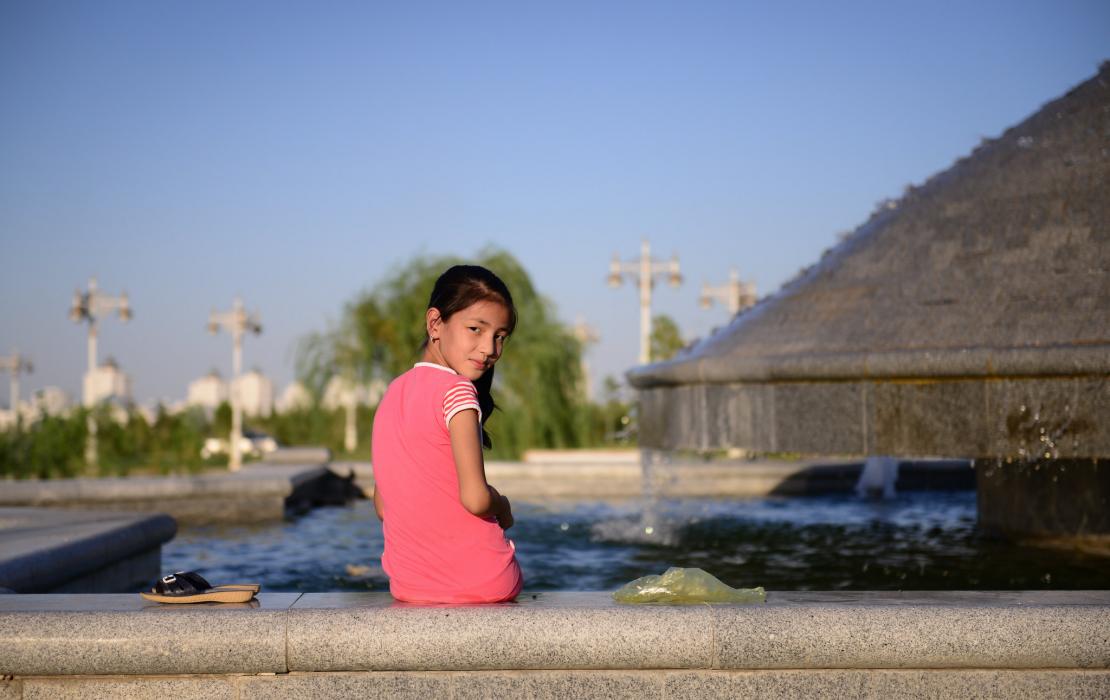0.41%
Share of global GHG emissions
Based on data from Climate Watch (CAIT 2020), developed and maintained by the World Resources Institute. #36
Climate Vulnerability Index ranking
A higher number means a higher vulnerability to climate change. Based on the ND-GAIN Index (2021), developed by the University of Notre Dame. #91
Human Development Index ranking
A lower number means a better human development score. Based on the Human Development Index (2021), developed by UNDP. NDC Status
Turkmenistan submitted its revised NDC in January 2023.
Key highlights from the NDC
- Turkmenistan’s revised NDC commits to an unconditional 20% reduction in emissions by 2030, compared to 2010 levels, under a business-as-usual scenario.
- The main sectors where the country plans to reduce emissions are energy, transportation, agriculture, industrial processes and product use, and waste.
- To reach these targets, Turkmenistan will use its own financial resources, but requires international technical support to develop legislation and regulations and implement actions to reduce emissions.
- Adaptation priorities are also covered in the revised NDC, with a focus on health, agriculture, water, soil and land, forestry, and ecosystems.
- The country plans to develop a unified methodology for assessing climate risks and developing adaptation plans at different levels.
Adaptation and resilience areas in the NDC
- Health
- Agriculture
- Water
- Soil and land resources
- Forestry
- Ecosystems and biodiversity
Latest Publications
See allThere is no country in the Europe and Central Asia region where the impact of climate change cannot be seen and felt – from catastrophic flooding in…



